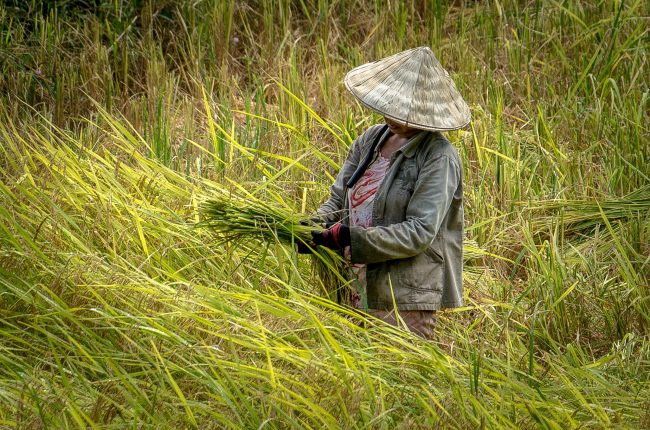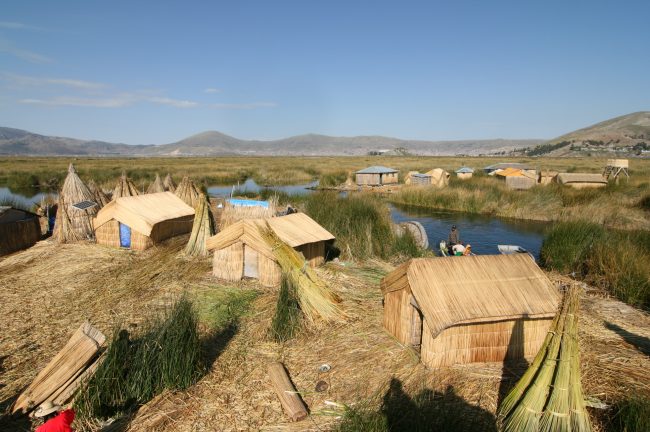Tilting our Windmills: Vertical Turbines in the Fast Lane
Anyone who’s changed a tire while semi-trailers roar past, or stood at the entrance to a subway tunnel as the train approaches, knows how much wind energy these machines generate. Yet that force blows wastefully away, dissipating in some field or side-tunnel.
What if, instead, we harvested this energy to light our homes and run our machines?
Turns out the cost of upright windmills – rather than the behemoths of the countryside – is quite low. The cost of the wind? Free as air.









